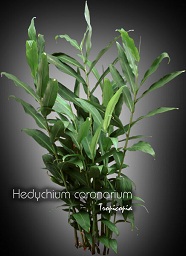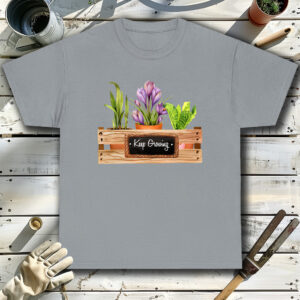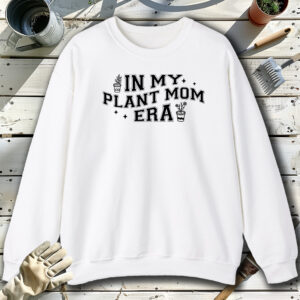Table of contents
Buttrefly Ginger

Latin Name: Hedychium coronarium
Category: Flower
Family: Zingiberaceae
Origin: China
Climate: Subtropical
Growing Zones: 11, 8
Care Instructions
The Buttrefly Ginger (Hedychium coronarium) is a subtropical plant that originates from China. This flower plant belongs to the Zingiberaceae family and is well-suited for growing in USDA zones 11, 8.
Complete Care Guide for Butterfly Ginger (Hedychium coronarium)
Watering Requirements
Butterfly Ginger, or Hedychium coronarium, thrives in consistently moist soil, making proper watering essential for its growth. During the growing season, which typically spans from spring to fall, it is crucial to keep the soil evenly moist but not waterlogged. Water the plant deeply once or twice a week, depending on the weather conditions. In hotter climates, you may need to increase the frequency of watering to prevent the soil from drying out. During the winter months, when the plant enters dormancy, reduce watering significantly, allowing the top inch of soil to dry out between waterings. Always check the soil moisture before watering to avoid overwatering, which can lead to root rot.
Light Conditions
Butterfly Ginger flourishes in bright, indirect sunlight. Ideally, it should receive at least 4 to 6 hours of filtered sunlight each day. Direct sunlight can scorch the leaves, so it’s best to place the plant in a location where it can enjoy dappled light, such as under a tree canopy or near a window with sheer curtains. If grown indoors, a south or west-facing window is ideal, but be cautious of intense afternoon sun. In shadier conditions, the plant may still grow but will produce fewer flowers. If you notice the plant becoming leggy or stretching towards the light, it may be a sign that it needs more light.
Soil Preferences
Butterfly Ginger prefers rich, well-draining soil that retains moisture without becoming soggy. A mixture of potting soil, compost, and perlite or sand can create an ideal growing medium. This combination ensures good drainage while providing the nutrients necessary for healthy growth. It is advisable to amend the soil with organic matter, such as compost or well-rotted manure, to enhance fertility. Fertilization should be done during the growing season with a balanced, water-soluble fertilizer every 4 to 6 weeks. This will support robust growth and abundant flowering. Avoid fertilizing during the dormant winter months, as the plant does not require additional nutrients during this time.
Pests and Diseases
While Butterfly Ginger is relatively resilient, it can be susceptible to a few common pests and diseases. Aphids, spider mites, and mealybugs are the most frequent pests that may attack the plant. Regularly inspect the leaves for signs of infestation, such as sticky residue or webbing. If pests are detected, treat them promptly with insecticidal soap or neem oil, ensuring thorough coverage of the affected areas. Additionally, watch for fungal diseases like leaf spot or root rot, which can occur in overly wet conditions. To prevent these issues, ensure proper air circulation around the plant and avoid overhead watering. If you notice any diseased leaves, remove them immediately to prevent the spread of infection.
Special Care Tips
To maintain the health and beauty of your Butterfly Ginger, consider the following special care tips. First, regular pruning is beneficial; remove any dead or yellowing leaves to encourage new growth and improve air circulation. Additionally, if you live in a colder climate, consider mulching around the base of the plant to protect the roots during winter. Butterfly Ginger can also be propagated through division; every few years, divide the rhizomes in early spring to promote vigorous growth and prevent overcrowding. Lastly, be patient with flowering; while the plant can take a couple of years to bloom, the stunning, fragrant flowers are well worth the wait. With the right care, your Butterfly Ginger will become a stunning focal point in your garden or home.








